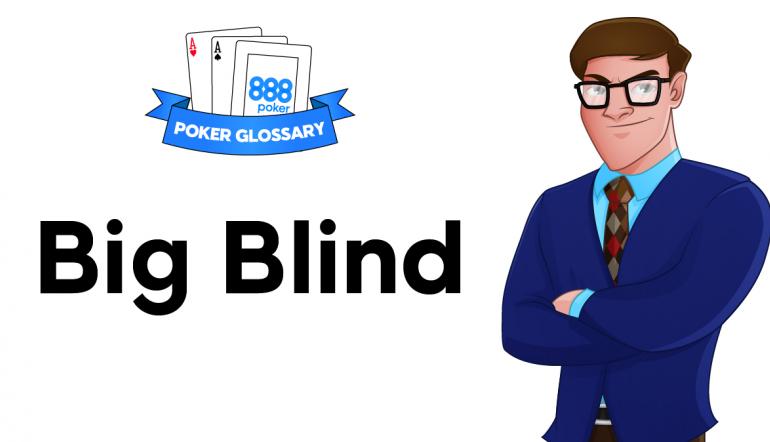

When starting heads-up play, deal a single card face-up to each player. The player with the highest card gets the button first. This player posts the small blind, and the other player posts the big blind. Both players post antes into the center of the table if there are any antes. The player in the small blind (aka, on the button) plays first. Heads-up poker is a form of poker that is played between only two players. It might be played during a larger cash game session, where the game is breaking up and only two players remain on the table, or where two players are trying to start a game and playing heads-up while waiting for other opponents. It is also a necessary phase in most sit-and-go (SNG) poker tournaments; the single. Mobile Experience People are using their phones now more than ever. The best sites ensure their casino games are compatible with all devices so Poker Heads Up Who Is Big Blind players can have the best gaming experience, no matter their location.
Heads-up poker is a form of poker that is played between only two players. It might be played during a larger cash game session, where the game is breaking up and only two players remain on the table, or where two players are trying to start a game and playing heads-up while waiting for other opponents. It is also a necessary phase in most sit-and-go (SNG) poker tournaments; the single remaining tournament winner will at some point have to face only a single opponent. Alternatively, heads-up poker may be played on purpose, either in a cash game format, or as a SNG, where two players play a winner-take-all tournament for a fixed, previously agreed upon amount of money. On larger online poker rooms and during certain tournament series, one may stumble upon larger heads-up tournaments, usually in the shoot-out format. Usually, in order to ensure the fairness of the game, all players finishing at the same level of the tournament bracket will be paid out the same amount of money, no matter what their finishing place is.
Strategy[edit]
The rules of heads-up poker are the same as in a game with three or more players, except in community card poker, the blinds are usually reversed in order to decrease the positional advantage in matches between two players of similar skill. Nevertheless, the strategy employed tends to be vastly different from a multi-handed poker game. Since only two players take part in the hand, the chance of having the best hand is much higher than in a multi-handed game, which causes the game to become more aggressive than normal. Bluffs for example become easier to pull off in a heads-up game since it is only necessary to bluff a single opponent in order to win the pot, whereas in a multi-handed game there is a greater risk of someone having a big hand that cannot be bluffed.
In spite of the diversity of strategies one can design, it is important to remark that the heads-up limit Texas hold'em variation has been claimed to be 'essentially weakly solved' in January 2015 by the Cepheus poker-playing bot. Theoretically a slightly better strategy exists but would not be able to win more than one big blind per thousand games on average. A person using that strategy would not be able to prove with statistical significance that it was better than Cepheus even with a lifetime of playing against it.[1][2]
Who Is The Big Blind In Heads Up Poker

The bot can be played online at poker.srv.ualberta.ca, and users can even query strategies from the software.
Tournaments[edit]
Who Is The Big Blind In Heads Up Poker
In poker tournaments heads-up poker is played as individual events and there are also heads-up championships. Heads-up poker tournaments are typically played as knock-out tournaments. An example of a heads-up tournament is the National Heads-Up Poker Championship.
References[edit]
- ^Bowling, Michael; Burch, Neil; Johanson, Michael; Tammelin, Oskari (Jan 2015). 'Heads-up limit hold'em poker is solved'. Science. 347 (6218): 145–9. doi:10.1126/science.1259433. PMID25574016.
- ^Emily Conover (8 January 2015). 'Texas Hold 'em poker solved by computer'. Retrieved 15 January 2015.
Whose Big Blind In Heads Up Poker
